Holcombe Moor: The big mossy sponge helping to prevent flooding
- Published
- comments
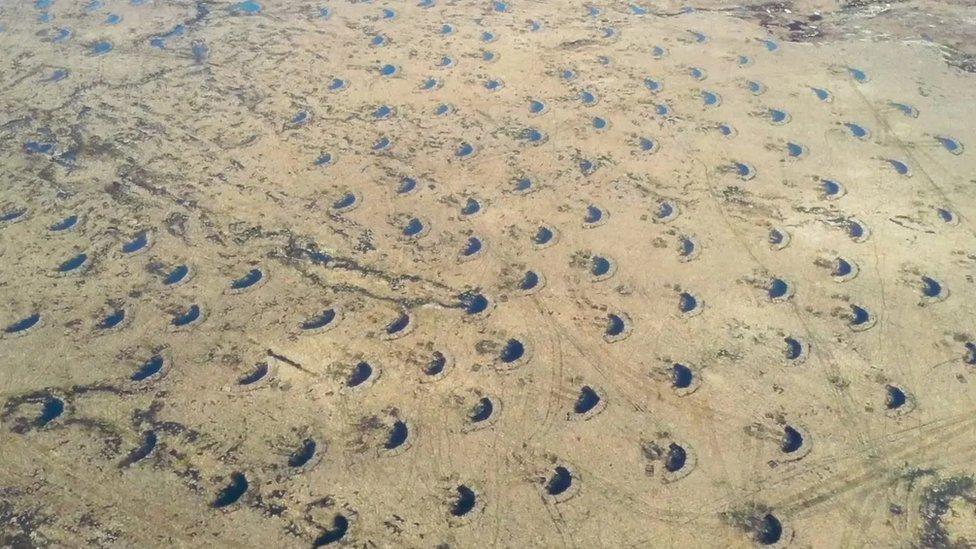
These holes, are actually peat bunds, and they're very clever!
Conservationists have created a giant mossy sponge in Lancashire to help prevent flooding.
Around 3,500 'peat bunds' - semi-circular pools which have been dug into the peat lands - have been created by conservationists on Holcombe Moor.
As well as this, 500,000 patches of sphagnum moss have also been planted there.
It is hoped that together, they will help to protect local areas from flooding, create homes for wildlife, and also trap more carbon in the peat helping to tackle climate change.
How will the project work?
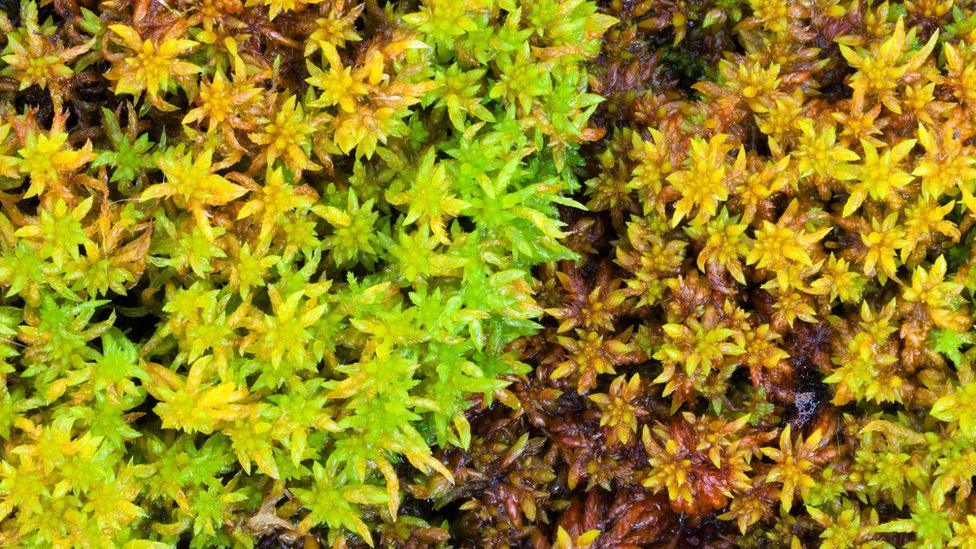
Plants like sphagnum moss do very well in wetlands
Peat bogs are hugely important natural habitats.
According to the National Trust - which is behind the conservation project - the peat bunds on Holcombe Moor stop rainwater from rushing across the flatland, causing flooding, and instead trap it on the moor.
This extra wetness allows special plants, like sphagnum moss, to thrive, which then in turn helps the peat there to absorb carbon from the air.
"If you imagine a giant sponge which is covered in thousands of small holes and can hold large quantities of water - that's what we're aiming for here," explained Maddi Naish, who works for the National Trust.
Peat, sometimes known as turf, is a type of soil which is unique to natural areas called peatlands, bogs, or moors.
It is formed from dead and decaying plant material that builds up over millions of years that when squashed together, becomes peat.
Why is peat a 'superhero'?
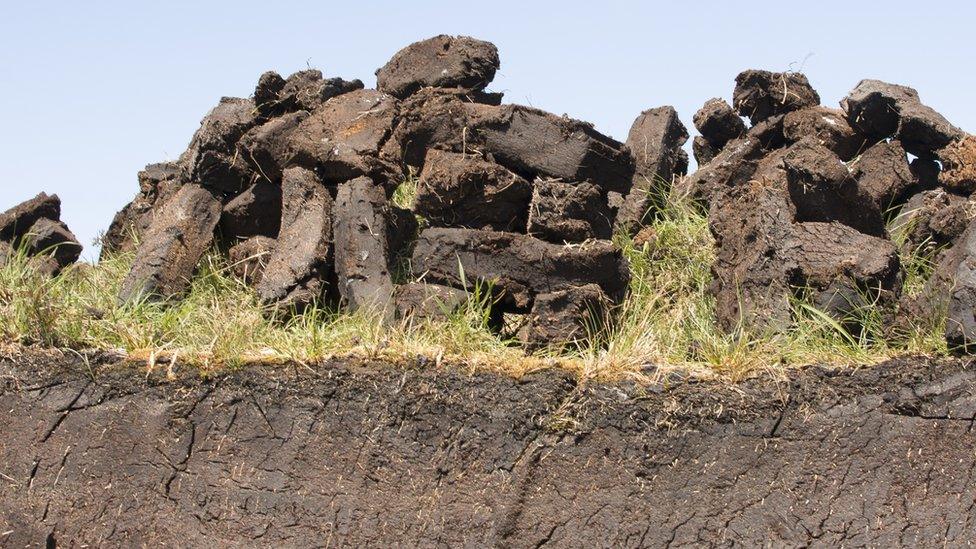
Traditionally peat has been cut off in chunks and used as fuel
The UK has around three million hectares of peat, that's around 12% of its total land area.
Peatlands are important because they store around three billion tonnes of carbon, that's more than all the forests of the UK, Germany and France put together.
Carbon dioxide gas can trap heat from the Sun and warm up the Earth. This is called the greenhouse effect.
"Peatlands only cover a tiny percentage of the world's land but are superheroes when it comes to storing carbon." said Maddi Naish.
"We're just a stone's throw from a major city so it's incredible to think we live alongside a habitat that is rarer than rainforest globally, but which contributes so significantly to tackling climate change." she continued, speaking about Holcombe Moor.
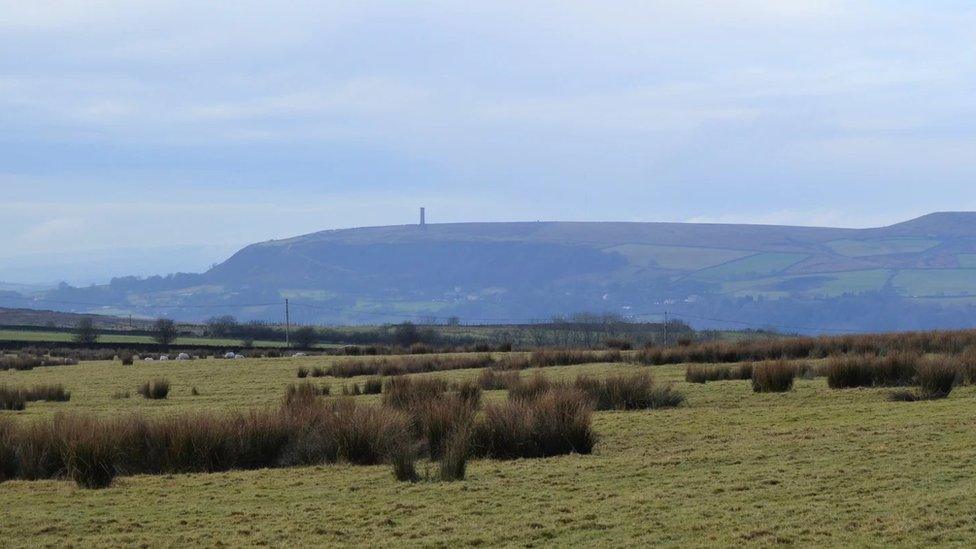
As part of the project conservationists have also been building special dams to help direct the flow of water into the Moor, and away from where it could cause potential flooding problems.
The project has been supported by the government and the Environment Agency, as well as the Moors for the Future Partnership, Natural England and the Holcombe Moor Commoners' Association.
- Published12 May 2021

- Published20 January 2020
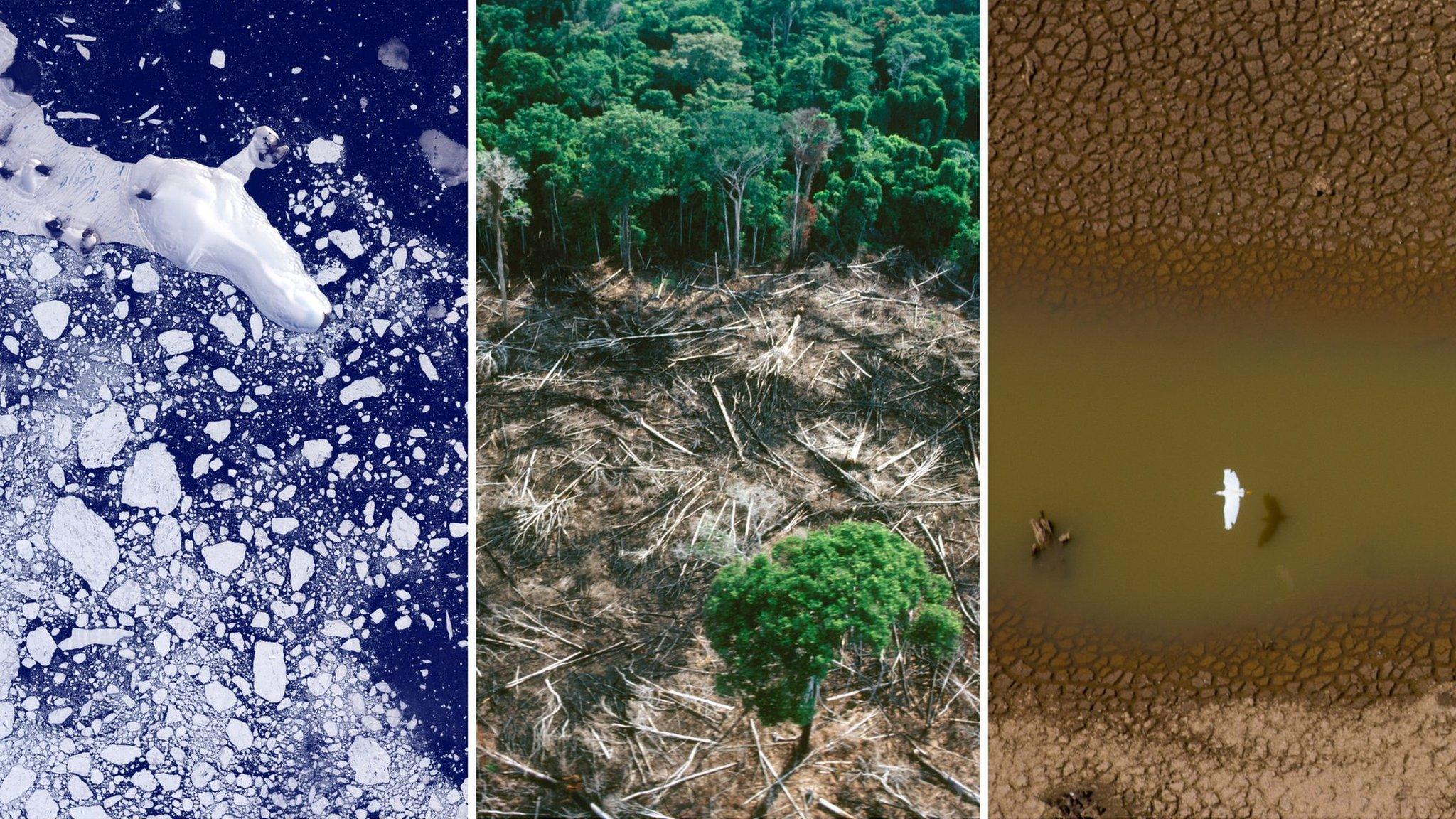
- Published3 August 2021

